The construction of parapets can be seen on buildings, bridges and roads. In general, there are parapets in almost every building. No matter whether it is a low-rise or high-rise building, we need parapet walls because roof panels and terraces usually need to be protected.
The final part of this article discusses several reasons for this type of construction. Safety, aesthetic appearance, roof finish, etc. are some of the main factors that motivate us to build parapet walls.
Let's see, what is the parapet?
According to Wikipedia, it is a barrier that represents an extension of the roof, terrace, balcony, sidewalk or other edge of the building.
Basically, it is a masonry wall built in the locations mentioned above.
Why do we need parapets?
We cannot keep the boundaries of the roof, terrace, balcony, sidewalk, etc. open, without protection or barriers to movement. This is the main reason we build walls around the areas discussed in this article.
Let's see what are the main advantages of a wall besides protection
Advantages of parapet walls
- Use the space: By building a wall we can use all the space. Otherwise, the border area cannot be used in most rooms.
- One of the most important functions of this type of walls is the safety of residents.
- Acts as a barrier against dust, etc.
- It offers a good way to maintain privacy as it is clad on the outside with a 3-foot high fence construction.
- It cuts the direct wind and serves as a windbreak.
- It gives the structure a better aesthetic appearance. Parapet walls can be constructed in different designs or types.
- Provides protection for devices installed on roofs.
Technical information about the wall
- The wall height is 900 mm or 3 feet. It is based on the safety of residents. There are guidelines for wall height. Most of these heights apply to balconies and terraces with access.
- Wall width may vary from structure to structure. It is usually 225 mm or 9 inches. However, it can also be made from 4-inch block walls.
- Walls exposed to direct sunlight can crack if there is no element that can absorb the tensile stress created by the boundary in the wall.
- To avoid cracks, reinforced columns and beams can be constructed. (Construction details can be found in the last part of the article.)
- Most of the walls are made of masonry. However, in special cases these walls are designed as reinforced walls. concrete walls.
Types of parapet walls
Let's discuss each type of wall in detail
- Simple parapet wall
It is a solid wall built like a normal wall, just like we build other brick walls. Most of the time, these walls are constructed of masonry. However, in some cases they can also be constructed as concrete walls.
The height and width of the wall may depend on the respective architectural and technical requirements. The minimum wall height can be specified as 900 mm.
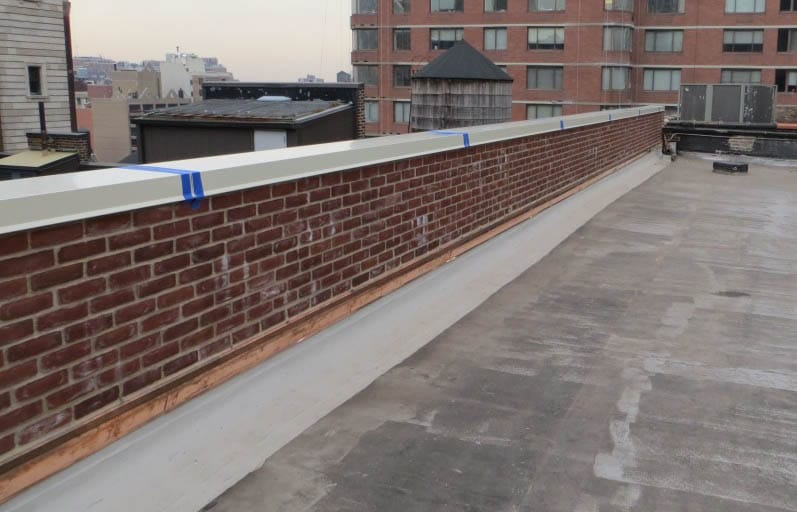
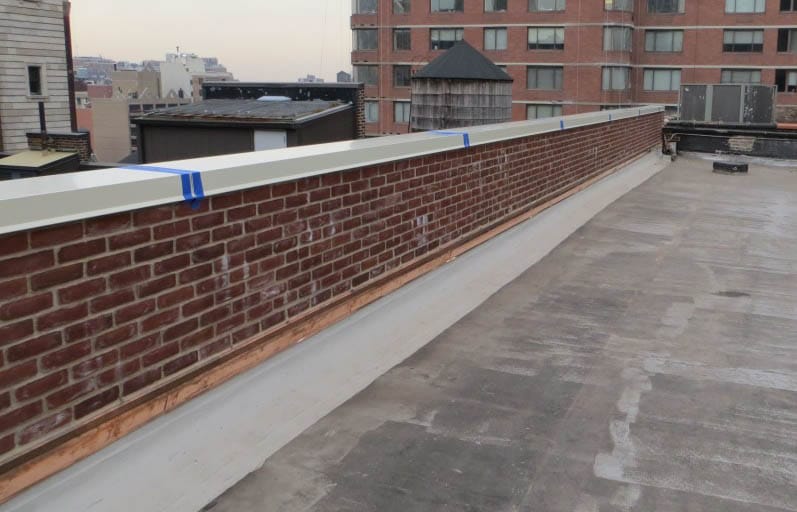
When constructing parapet walls on terraces, balconies, etc., the wall must be constructed on a concrete edge protruding from the ground to prevent water from penetrating between the ground and the wall.
It is also advisable to continue sealing the wall to prevent water from penetrating the joints.
- Crenellated parapet wall
This is the oldest type of wall in history. They were built as protective castle walls.
There are openings in the walls through which one can observe the outside world and fire shorter Form Three arrows.
Furthermore, these openings are in several disclosures as protective measures

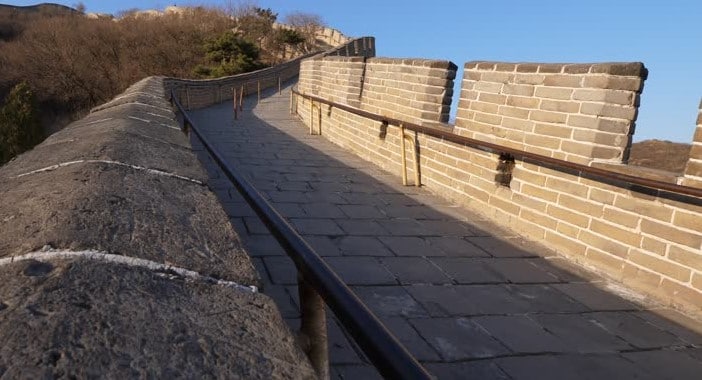
Because these walls are built for protection, they are quite thick and sometimes very tall. They vary from building to building. However, if they are erected for protection, the minimum height is at least 1800 mm.
If these walls are constructed for aesthetic reasons, the height may vary up to 3 feet.
The walls are predominantly made of masonry.
- Perforated parapet wall
The name itself describes the special nature of these types of walls. Unlike simple walls, these types of walls have openings in the wall.
The opening can be a differentiator and improve the aesthetic appearance of the structure.
The height and width of the wall are the same as other wall types.


The design of the openings in the walls and the construction can be carried out from the masonry itself or separate luminaires cast as prefabricated parts can also be inserted.
Concrete or steel inlays are usually used as decoration.
- Panel parapet wall
There are panels on the outside of the wall.
The panels provide a good aesthetic appearance.
This type of walls can be seen in old buildings.
- Sloped parapet walls
These walls are mainly built together with the roof.
When the roof is complete, walls are constructed along the edge of the building to facilitate completion. Furthermore, these walls are built directly above the roof.
These walls follow the same slope as the roof to maintain a good aesthetic appearance. However, there are also cases where the wall is constructed and finished as a flat wall.


- Stepped parapet walls
These types of walls are identical to sloped walls. However, the sloping walls have steps.
It adds a different view of the wall.
Various decorative moldings are used to enhance the aesthetic appearance of the wall.
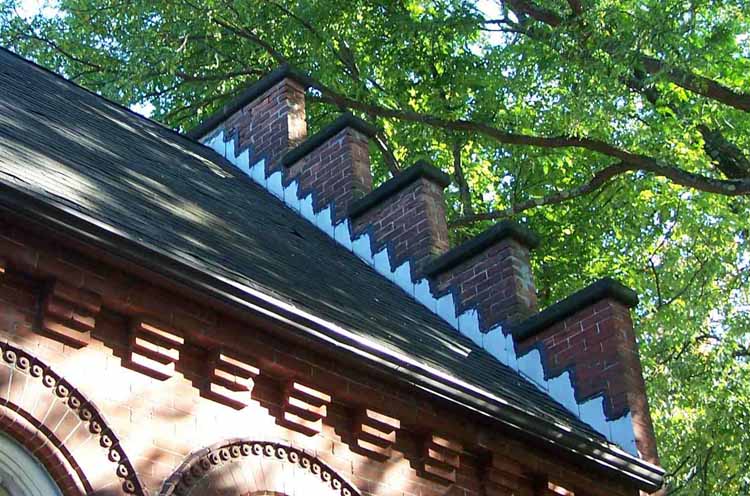
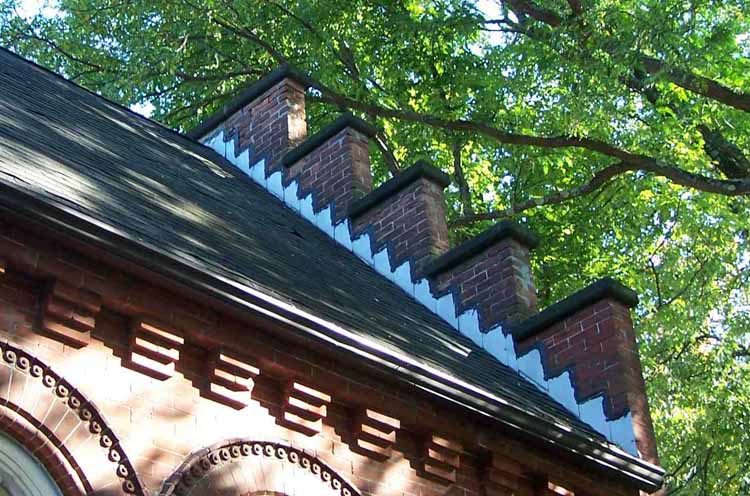
- Curved parapet wall
This type of parapet wall is a further development of the inclined wall.
Curved structures can be seen along the wall ceiling.
The remaining characteristics of the wall correspond to those of a normal inclined wall.
- Flat parapet walls
Flat walls are the same as smooth walls.
These walls are built at the same height. The main characteristics of these types of walls are the same as those of simple walls.
The thickness and height of the wall also correspond to those of a simple wall.
parapet wall design
The design of parapet walls is made for the lateral loads applied to them.
Since there is no significant vertical load on the wall, it is not necessary to design axial loads. However, when designing for lateral loads, the effect of the wall's own weight must be taken into account.
Walls constructed on terraces of tall buildings must be designed to withstand wind loads. If the walls are high, very strong wind loads act on them.
BS 6399 Part 2 or another relevant standard can be used to calculate wind loads.
For the structural design of the wall, reference may be made to BS 5628 or Eurocode 6 or another relevant standard.
When designing the wall for wind loads, the following steps can be followed.
- As it is free at the top, it acts as a free cantilever.
- Calculate the axial stress (σ A ) due to its own weight
- Calculate the wind pressure on the wall
- Calculate the bending moment caused by wind loads on the base plane.
- Calculate the bending stress (σ i ) at the basic level
- Calculate the total voltage at the base = σ A ± σ I
- Check that the maximum and minimum voltages meet the limits in accordance with the relevant standards.
Construction of parapets
The construction of the wall is the same as other types of walls. Mixing proportions and brick placement are the same as other construction methods.
Quality control is also carried out in the same way as in a normal construction project.
However, the construction details are a little different from other types of walls, especially because these walls are exposed to direct sunlight.
In these situations, special construction details must be taken into account to avoid cracks in the walls. Otherwise, cracks may occur in the parapet.

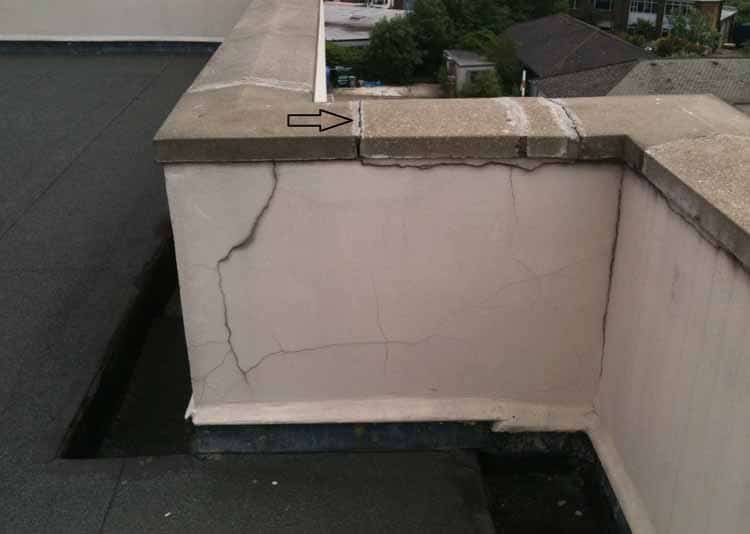
Next, When cracks of this type appear in the masonry, it is very difficult to repair them. Furthermore, there are very high repair costs.
Additionally, these types of cracks can occur repeatedly, even if they are repaired with the best methods available.
Therefore, it is recommended to design reinforcing columns and beams to absorb internal stresses caused by the thermal effect and the limits of the wall.
During construction, construction details can be implemented as shown in the following figure.

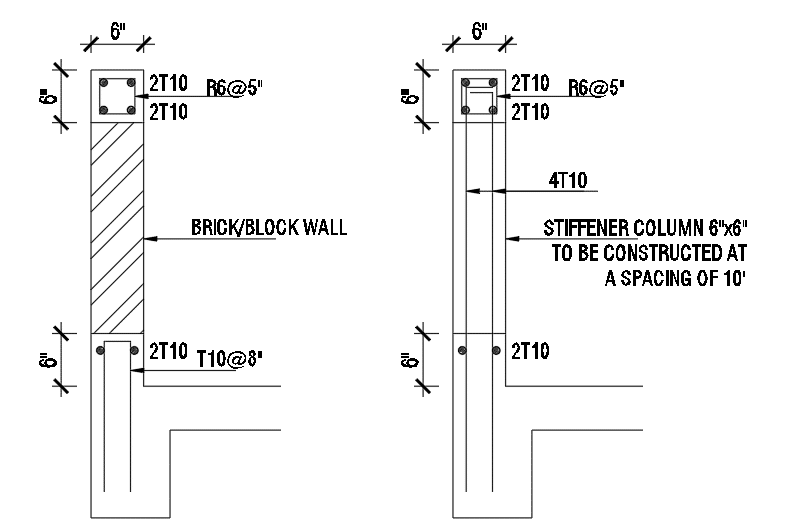
As shown in the figure above, a concrete curb must be constructed to prevent water from entering between the ground and the masonry. A curb also effectively contributes to the durability of the masonry.
Most parapets are made of masonry. Depending on the design, these walls can also be designed as reinforced concrete walls.
Parapet repair
As explained above, parapet walls can crack due to variations. The main reason is the remaining cracks in the walls.
There is a different procedure for repairing parapet walls.
Let's see what methods exist to repair the parapet.
- Typically, cracks in the wall can be repaired by applying a suitable crack sealant.
- Fiber mesh can be placed along the crack before applying the sealant.
- If cracks continue to appear after repair, expansion may be considered. A vertical joint can be created to allow movement and release exhaust.
- If there is no possibility of an expansion joint, a lintel beam can also be installed along the wall to increase the limit at the top of the wall. However, this is not the best solution to the problem, as it further increases the wall's limitations.

